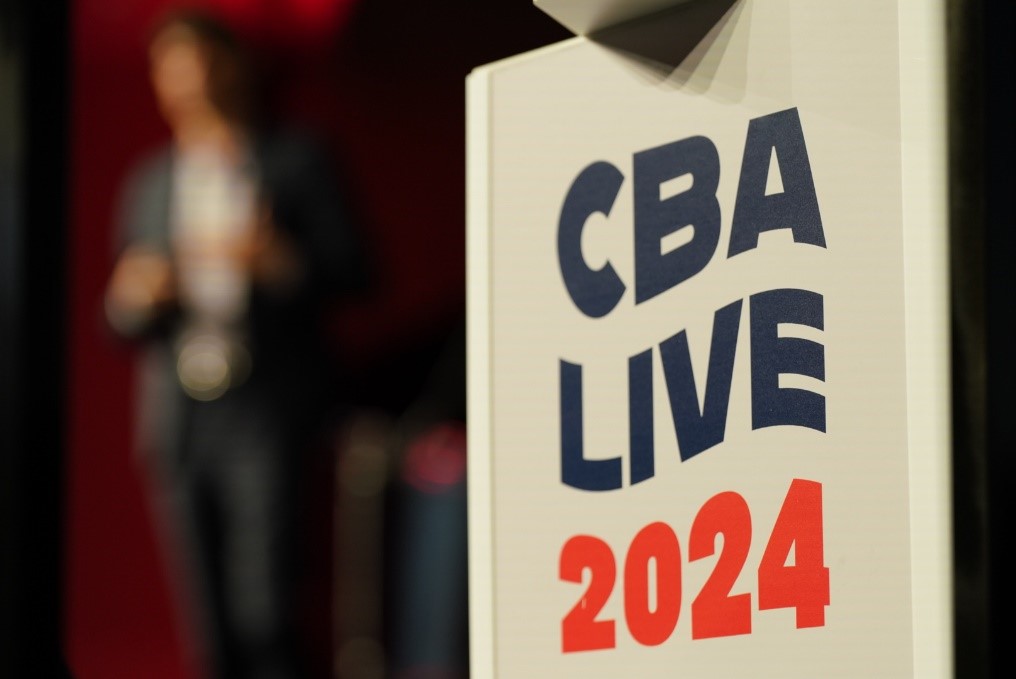ICYMI: New Research Shows Consumers Could Pay Up to $2 Billion More Under Regulation II Proposal

WASHINGTON, D.C. – A new White Paper published this week from Nick Bourke, former Director of Consumer Finance at The Pew Charitable Trusts, estimates the Federal Reserve Board’s proposal to further cap debit interchange fees could increase consumer costs by up to $2 billion if finalized. The White Paper, entitled “How Proposed Interchange Fee Caps Will Affect Consumer Costs,” draws from prior research by Federal Reserve Board and former Treasury Department economists about the 2010 Durbin Amendment’s effects to estimate how the most recent proposed fee cap reductions could affect prices consumers pay for bank accounts and merchant goods or services.
CBA President and CEO Lindsey Johnson issued the following statement in response to the White Paper:
“The Federal Reserve Board’s proposal would boost revenue for merchants at the expense of consumers. This research, coupled with recent findings of the Government Accountability Office and other renowned academics of past changes to debit interchange, is compelling evidence that the original Durbin Amendment never delivered for consumers. By doubling down, the Federal Reserve’s proposed rule would only lead to higher costs for consumers and less access to banking services.
“A number of our policymakers appear to be rushing to finalize similar proposals that could ultimately force millions of Americans to meet their financial needs outside of the well-regulated banking system. We urge policymakers to consider these important findings.”
The White Paper reviews research about the initial Durbin Amendment’s effects and estimates expected outcomes if the proposal to further reduce debit interchange caps if finalized. The key findings are:
- Economists confidently measured a drop in bank interchange revenue and an increase in fees consumers pay for bank accounts due to the 2010 Durbin Amendment. Lower-income consumers would likely bear a disproportionate share of increased costs.
- Any corresponding merchant and consumer savings under the 2010 Durbin Amendment are contested or not measurable. If merchants passed savings through to consumers, as theory and some lawmakers suggest, economists concluded it is “virtually impossible” to prove or measure.
- If the Federal Reserve Board’s current proposal to further reduce debit interchange revenue is finalized, the research suggests that consumers will pay an extra $1.3 billion to $2 billion annually in higher bank account fees. Once again, consumers will find it harder to avoid fees, as “free” bank accounts with no maintenance fees become less common and the average minimum deposit required to qualify for fee waivers increases – which may disproportionately affect lower-income consumers.
To read the full White Paper, click HERE.
Background
The most consequential regulation of interchange fees was the Durbin Amendment, which took effect in 2011 with the implementation of Regulation II. It restricted debit card interchange fees with the goal of reducing transaction costs for merchants so they would pass-through cost savings to consumers (as lower prices for goods and services).
Specifically, the Durbin Amendment required debit card interchange fees from covered banks (those with assets above $10 billion) to be “reasonable and proportional to the cost incurred by the issuer with respect to the transaction” and instructed the Federal Reserve Board (The Board) to set rules accordingly. In 2011, The Board’s Regulation II established a debit interchange fee cap for covered banks set at 21 cents plus 0.05 percent of the transaction, plus an additional 1 cent fraud protection fee for qualified issuers.
On October 25, 2023, the Federal Reserve Board issued a proposed rulemaking that would further lower the maximum amount of interchange revenue that covered debit card issuers can earn by more than 20 percent. The proposal would also allow The Board to revise the debit interchange fee cap periodically based on its ongoing review of issuer cost data, without further public notice or comment.
About the White Paper
The White Paper’s review and analysis shows that when bank interchange revenue is artificially capped, consumers experience higher costs and more restrictive terms on their checking accounts without any measurable savings passed on to them by merchants.
Based on the research, the new proposal reduces interchange fee revenue for covered banks by $3 billion annually. Forty-two percent ($1.3 billion) of this is would likely be offset by higher monthly maintenance fees for consumers, while other service fees could increase by $250 million to $700 million. Once again, consumers would find it harder to avoid fees, as “free” bank accounts with no maintenance fees become less common and the average minimum deposit required to qualify for fee waivers increases – which may disproportionately affect lower-income consumers.


